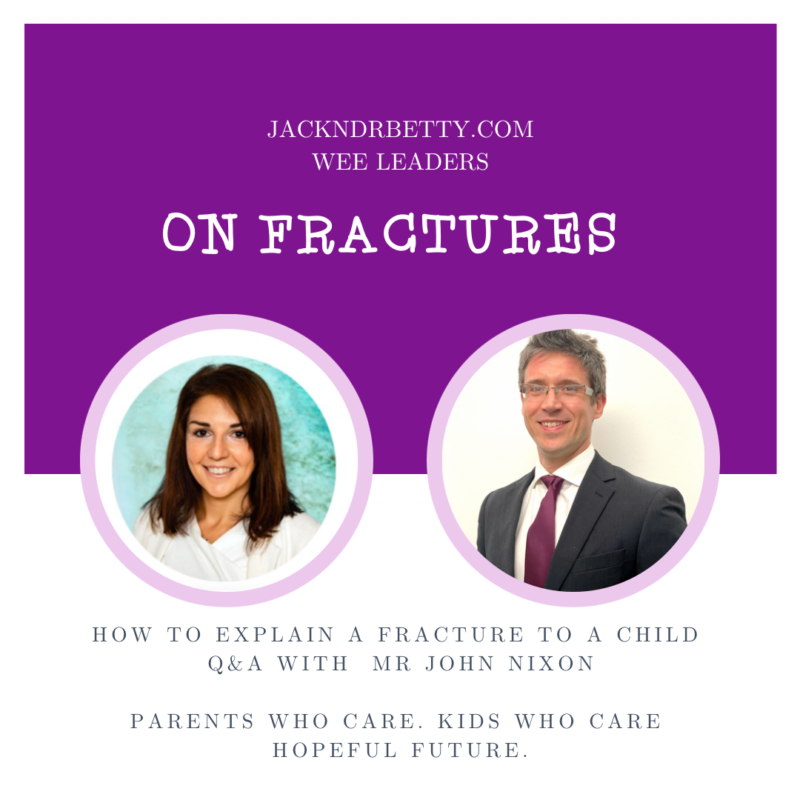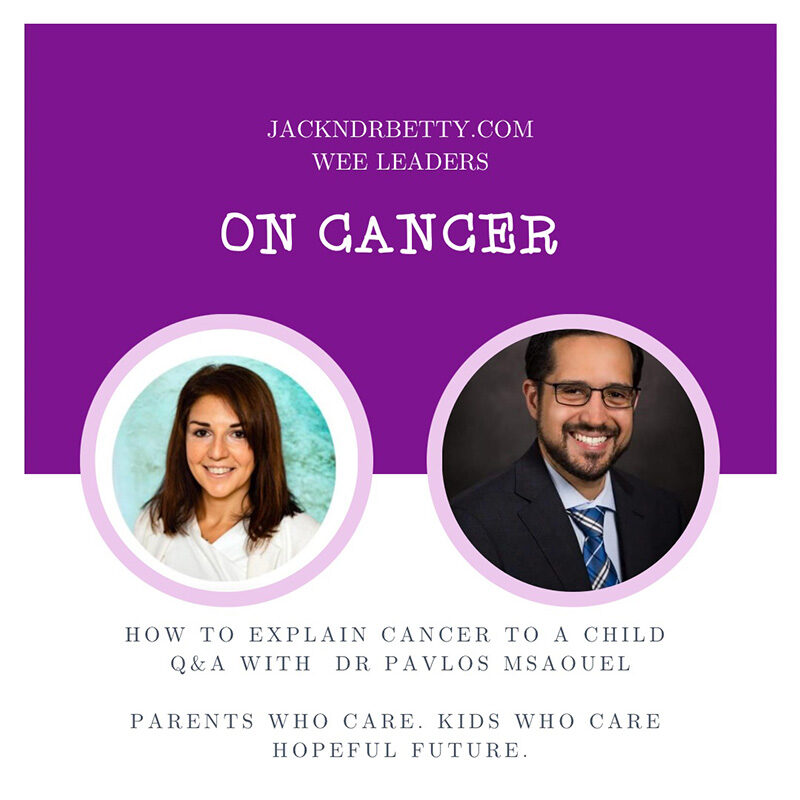
Parents who care, Children who care.
By Dr Ioanna Nixon
Saturday evening and watching WALL-E with my kids. They were talking about climate change at school and this movie seemed indirectly relevant…The movie is about a wee robot, called WALL-E, short for Waste Allocation Load Lifter Earth-class. He is unique as he is the last robot left on Earth and spends his days compressing trash and collecting interesting objects. Why is he alone on planet Earth? Apparently human behaviours had turned Earth into a wasteland and humanity was transferred to Space to survive, while robots were left behind to clean up our planet. WALL-E one day meets, and falls in love with, another robot, Eve. He also finds a living plant on Earth and manages to save humanity! As simple as that…
How did WALL-E save the planet? More importantly, why did the planet and humanity need saving? The movie dates back in 2008, and in 2022 we are increasingly talking about climate change and global warming. I don’t know about you, but it is something that deeply concerns me. Although I am not an environmental activist, I believe all of us can do quite a few things that can collectively make a change. Starting by knowing more about global warming and discussing this with our children to ensure they understand it, without causing them distress.

Sunday morning and my 6-year-old asks me “Mom, how can Earth get warmer and warmer? Can it be that as in the movie we need to leave Earth and go to space?”. Lots for me to unpick.
Let me tell you a story, I said. The story of Earth, weather, and change.
Did you know how old our Earth is? Well, Earth is over 4.5 billion years old. During all those years the climate has changed many times. Think of Ice Age when Earth was covered in ice! Then, in the Mesozoic Era, Dinosaurs were walking on Earth!
Is climate the same as weather?
Think about how frequently weather changes. Think of your day. You wake in the morning to go to school, and it is raining. But a few hours later, it goes sunny and dry! We are in Scotland after all. My point is weather is constantly changing. But climate doesn’t change day to day or over a month. In fact, it takes a few decades for climate to change.
We can notice weather changes day to day, but not climate changes.
Earth is covered by a protective layer called the atmosphere. Think of this as a protective magic blanket! This blanket can get hotter because of the sun, but also because of people’s activity.
How can Earth get warmer?
There are things that happen, some of which we, people, cause and have caused over the years that make Earth’s protective blanket get heavier. Picture this in your head. Imagine you are sleeping at night and you have one blanket on to keep you all nice and warm. Someone adds another blanket, which makes you feel a bit warmer. Then another blanket which makes your temperature go up. Which as a result makes you feel unwell. This is a bit like what happens with Earth. Instead of these blankets, Earth gets hotter because more carbon gets into air, which traps heat in the atmosphere. This rise in the temperature is often referred to as global warming. we are talking about global warming.
Does this mean that it will be summer all the time? That is pretty cool, hey!
That sounds great, but this is not exactly the case…the change in Earth’s climate can impact on plants and animals.
So, Earth getting warmer means that the weather can be extreme or unpredictable. Heat waves, storms and heavy rains, wildfires…our scientists are also telling us the oceans become more acidic. All this weather change can make it hard for plants and animals and humans to adapt to it. It can mean that we see more tsunamis. It can mean that some people may have to leave their home to live in a safer place.
What is Carbon Dioxide?
Carbon Dioxide is a green gas. All living things on Earth, animals, plants, me, and you, have carbon. Think about your breathing. You take a breath in. When you exhale, you exhale carbon dioxide. We are all part of the Earth’s carbon cycle.
In chemistry it is called CO2 and a cool way to remember it is as “see- oh- 2”!
Plants amongst other incredible things that also absorb carbon dioxide. Which means less of it can get trapped in the atmosphere and make Earth hotter.

However, as we cut trees and forests to build more cities, as we use more fuel and gas, we produce more carbon, and as a result we make Earth hotter.
Is CO2 a bad gas then?
No, it is not a bad gas. Earth needs CO2 to maintain its protective blanket. Without it, the heat would not remain in Earth’s atmosphere, but would travel to space. So we need it!
Then, what is the problem? Why is climate change important?
You are right to ask. It is complex. Think of Earth warming. While this is happening, the ice melts and the water flows into the sea. As a result, the sea levels are rising. The water in the sea is also getting warmer. All that creates change that can have harmful effects for animals and plants.
What can I do to help?
On a positive note, there are a lot of things you can do to help! In fact, there are a lot of things we can do to help! Here is TEN things you can start doing now!
Learn more
The first thing is to learn more about climate change. Get informed!
Walk or ride to school if possible.
Use more public transport.
Use cleaner energy.
Look after the oceans.
Look after the green spaces.
Buy less.
Plant a garden. Small or big!
Save water and electricity.
Spend time outdoors and enjoy!
I remember one of the lines in the WALL-E movie saying “I don’t want to survive. I want to live”. To survive, we want to start living. Getting closer to nature. Looking after our green spaces. Consume with wisdom and compassion to ourselves, others, and our planet. I can think of many things I can start doing better, doing more off and many things I can start doing less off. Every little thing matters. How about you?
Click here to buy online and download the book “Dare to Dream Big”
Ioanna Nixon, Consultant Oncologist, executive Coach, and author.
Dr Ioanna Nixon is a senior oncologist in Glasgow, UK. She specialises in sarcomas and her research focuses on novel cancer therapies, quality of life and clinical innovations. She has led the Scottish Sarcoma Network since 2015 till early 2022and is the Cancer Innovation Lead for the West of Scotland. She is an honorary clinical senior lecturer at Glasgow University and an academic at Strathclyde Business School, researching on health policy and leadership. She is also an executive coach, specialising on resilience, leadership, and wellness.






No comment yet, add your voice below!